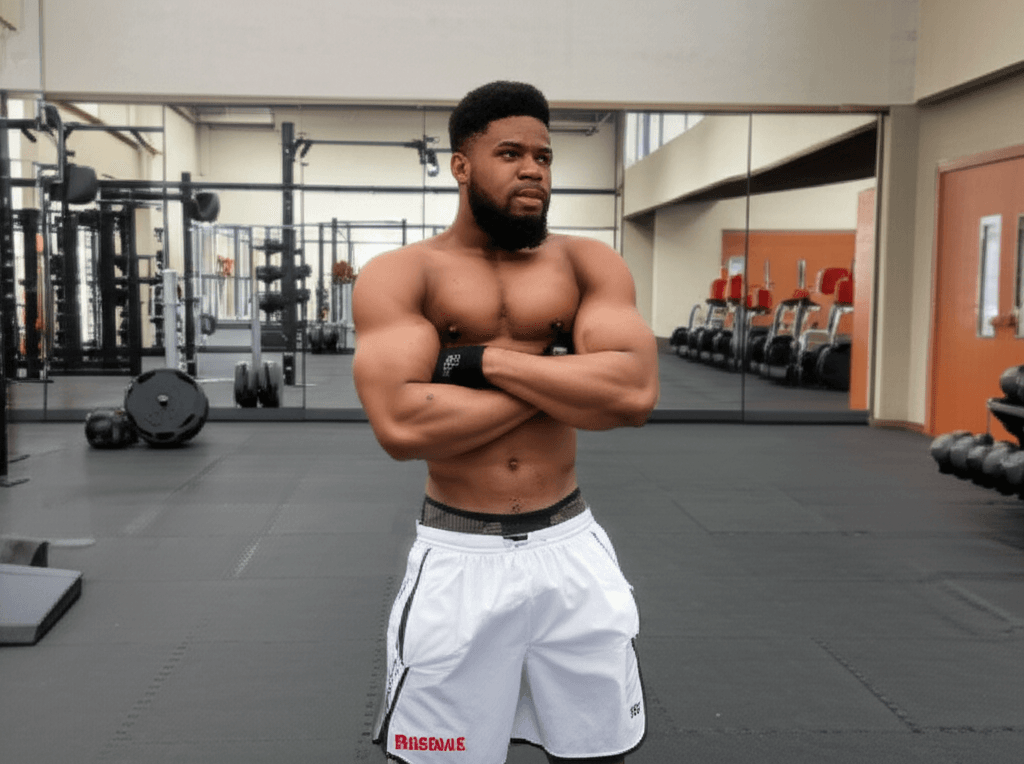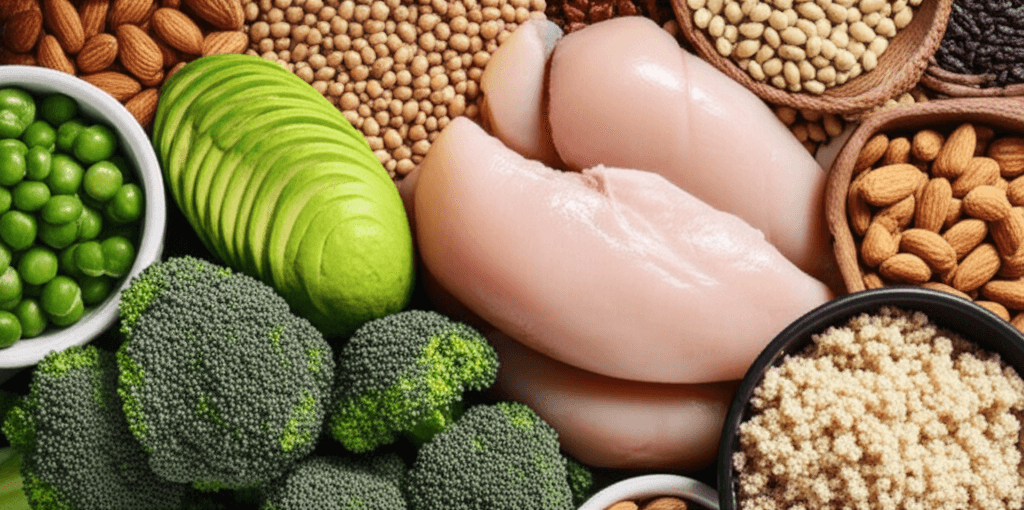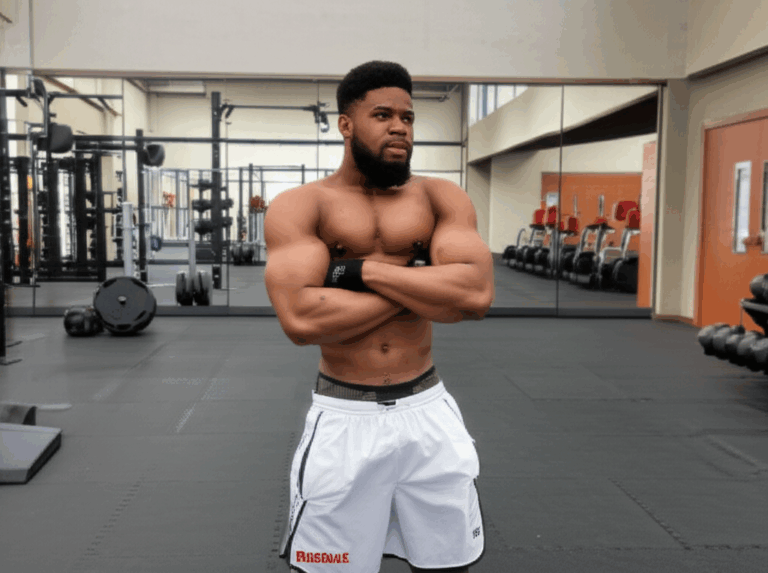Building formidable muscle strength and a resilient physique is a goal shared by many, yet the path to achieving it can often seem complex and overwhelming. Fortunately, fitness experts consistently point to a core set of principles and exercises that have stood the test of time, proving to be the most effective for sustainable muscle growth. This guide distills that wisdom into tried-and-true go-to workouts and strategies to help you sculpt a stronger, more powerful body.

The Foundational Pillars of Muscle Strength
Any effective muscle-building regimen is built upon a few unchanging principles that dictate how your muscles respond and grow. Understanding these is paramount to consistent progress.
The Power of Progressive Overload
At the heart of all muscle growth lies the principle of progressive overload. This fundamental concept dictates that for muscles to get bigger and stronger, they must be continually challenged with gradually increasing demands. Without this continuous increase in stress, your body will adapt to its current workload, and improvements will plateau.
Progressive overload isn’t just about lifting heavier weights; it encompasses several methods to increase the demands on your musculoskeletal system:
- Increasing the load (weight): The most common method.
- Increasing repetitions per set: Performing more reps with the same weight.
- Increasing sets per workout: Adding more working sets for an exercise.
- Increasing workout frequency: Training a muscle group more often per week.
- Decreasing rest time between sets: Challenging your muscles with less recovery.
- Increasing time under tension: Slowing down the eccentric (lowering) phase of an exercise.
Compound Movements: Your Best Allies
If you want to build maximum muscle and strength efficiently, compound exercises are indispensable. These are multi-joint movements that engage several muscle groups simultaneously, making them highly efficient and effective. They allow you to lift heavier weights, stimulate more muscle fibers, and burn more calories compared to isolation exercises. Fitness gurus emphasize these movements because they translate to real-world strength and provide a significant “bang for your buck” in terms of training stimulus.

Essential Go-To Exercises for Every Muscle Group
A well-rounded strength program will incorporate compound movements that target the entire body. Here are the core exercises that form the backbone of any serious muscle-building routine:
Lower Body Powerhouses
The legs and glutes comprise some of the body’s largest muscle groups, and training them heavily is crucial for overall strength, hormonal response, and athletic performance.
- Squats: Often called “the king of exercises,” squats work the quadriceps, hamstrings, glutes, calves, and core. They are vital for building muscle mass in the lower body and improving overall functional fitness. Proper form is critical, emphasizing a flat back and lowering until the thighs are at least parallel to the ground.
- Deadlifts: A full-body powerhouse, deadlifts target the hamstrings, glutes, quads, lats, traps, and core. They are unmatched for developing posterior chain strength and grip strength. Like squats, deadlifts require strict attention to form, particularly learning the “hip hinge” movement to protect the lower back.
- Lunges: Lunges engage the quads, glutes, hamstrings, and calves, while also challenging balance and core stability. Variations like walking lunges, reverse lunges, or Bulgarian split squats can further diversify your leg training.
Upper Body Builders: Push
These exercises focus on the muscles responsible for pushing movements, primarily the chest, shoulders, and triceps.
- Bench Press: The barbell bench press is a classic for building strength and mass in the chest, anterior deltoids (front shoulders), and triceps. It’s a fundamental upper-body pressing exercise that can yield significant strength gains even with low training volume. Dumbbell variations offer a greater range of motion and stability challenge.
- Overhead Press (Military Press): This exercise primarily targets the shoulders (deltoids) and triceps, with secondary engagement from the upper chest and traps. It’s excellent for developing shoulder strength and stability, whether performed standing with a barbell or seated with dumbbells.
- Dips: Dips are an effective bodyweight exercise that heavily recruits the chest, anterior deltoids, and triceps. For those who find bodyweight dips too easy, adding external weight (e.g., with a dip belt) can continue the progressive overload.
Upper Body Builders: Pull
Pulling exercises focus on the muscles of the back, biceps, and forearms, crucial for a balanced and powerful physique.
- Pull-ups/Chin-ups: These are among the best exercises for targeting the lats, deltoids, traps, and biceps, significantly improving functional upper body strength and grip. If full pull-ups are challenging, lat pulldowns or assisted pull-up machines can be used to build strength.
- Bent-over Rows: Whether with a barbell or dumbbells, bent-over rows work the lats, traps, rhomboids, and rear deltoids, as well as the biceps and forearms. This exercise is key for building a thick, strong back and improving posture.

Crafting Your Muscle-Building Program
Beyond individual exercises, how you structure your workouts, manage frequency, and prioritize recovery will determine your success.
Frequency and Volume: How Often and How Much?
For optimal muscle growth (hypertrophy), it’s generally recommended to train each muscle group at least twice per week. The specific split you choose can depend on your training experience and how many days a week you can commit:
- Full-Body Workouts: Ideal for beginners or those training 2-3 times a week, as they hit all major muscle groups in each session, allowing for adequate recovery between full-body days.
- Push/Pull/Legs (PPL) Split: A popular and effective method for intermediate to advanced lifters training 3-6 days a week. This split groups related muscle groups together:
- Push Day: Chest, shoulders, triceps.
- Pull Day: Back, biceps.
- Legs Day: Quads, hamstrings, glutes, calves, abs.
- Rep Ranges: For muscle hypertrophy, a rep range of 8-12 repetitions per set is commonly recommended, using a weight that challenges your muscles to fatigue within this range. For pure strength, heavier weights with lower reps (e.g., 3-5) can be highly effective.
The Importance of Rest and Recovery
Muscle growth doesn’t happen in the gym; it happens during recovery. Microscopic tears occur in muscle fibers during strength training, and as the body repairs these tissues, they get bigger and stronger.
- Rest Days: Incorporate adequate rest days into your weekly schedule to allow for muscle repair and growth.
- Sleep: Quality sleep is crucial for recovery and hormone optimization, directly impacting muscle growth and overall well-being.
- Rest Between Sets: Longer rest periods between sets (3-5 minutes or more) are beneficial, especially for compound lifts, as they allow for greater recovery and enable you to lift more weight for more reps in subsequent sets.

Fueling Your Gains: Nutrition for Muscle Growth
Exercise is only one half of the equation; proper nutrition is the other, equally critical component for building muscle strength.
Protein: The Building Block
Protein is essential for muscle repair and growth, providing the amino acids necessary for muscle protein synthesis.
- Recommended Intake: The International Society of Sports Nutrition (ISSN) suggests that active individuals aiming to build and maintain muscle mass should consume 1.4 to 2.0 grams of protein per kilogram of body weight per day.
- Sources: Prioritize complete protein sources like lean meats (chicken, beef, turkey), fish (salmon, tuna), eggs, dairy (Greek yogurt, cottage cheese), and plant-based options like tofu, quinoa, and legumes. Protein powder can be a convenient supplement to help meet daily goals.
Carbohydrates and Fats: Essential Energy
While protein is critical, carbohydrates and healthy fats also play vital roles in supporting muscle growth and overall health.
- Carbohydrates: These are your body’s primary energy source, crucial for fueling intense workouts and replenishing muscle glycogen stores, which helps prevent fatigue and supports recovery.
- Healthy Fats: Provide concentrated energy, support hormone production, and contribute to overall health. Sources include avocados, nuts, seeds, and oily fish.
- Calorie Surplus: To maximize muscle growth, aim for a slight calorie surplus (consuming more calories than you burn), typically around 350-500 calories above maintenance, in conjunction with regular resistance training.
Consistency, proper form, and patience are your most powerful tools on the journey to building muscle strength. By adhering to these tried-and-true workout principles and integrating smart nutrition, you’ll be well on your way to achieving a stronger, more capable physique.







